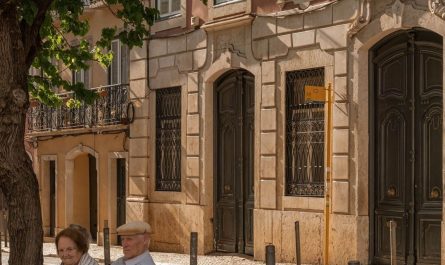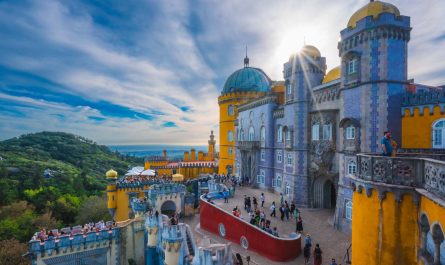Faro truly captivated me with its blend of history, natural beauty, and laid-back charm. Nestled in the Algarve region of southern Portugal, this coastal gem offers more than just sun and sea. It’s a city brimming with iconic landmarks that tell stories of its rich past, shaped by Moorish rule, medieval architecture, and Portuguese maritime prowess. This ultimate guide to Faro’s must-see landmarks is not only for history buffs but for anyone wanting to dive deeper into the cultural soul of this enchanting city.
Give Your Tech a Second Life
Give your devices a second life with Gazelle.com
Sell your old tech or buy certified pre-owned phones and laptops — saving money while reducing e-waste.
Smart for you. Good for the planet.
1. Arco da Vila: The Gateway to Old Faro
The journey into Faro’s historic heart starts with the Arco da Vila. Located just off the Praça Dom Francisco Gomes, this impressive archway is part of the old city walls and leads directly into the Cidade Velha (Old Town). I was immediately drawn to its neoclassical design, which was commissioned in the 19th century by Bishop Francisco Gomes do Avelar.
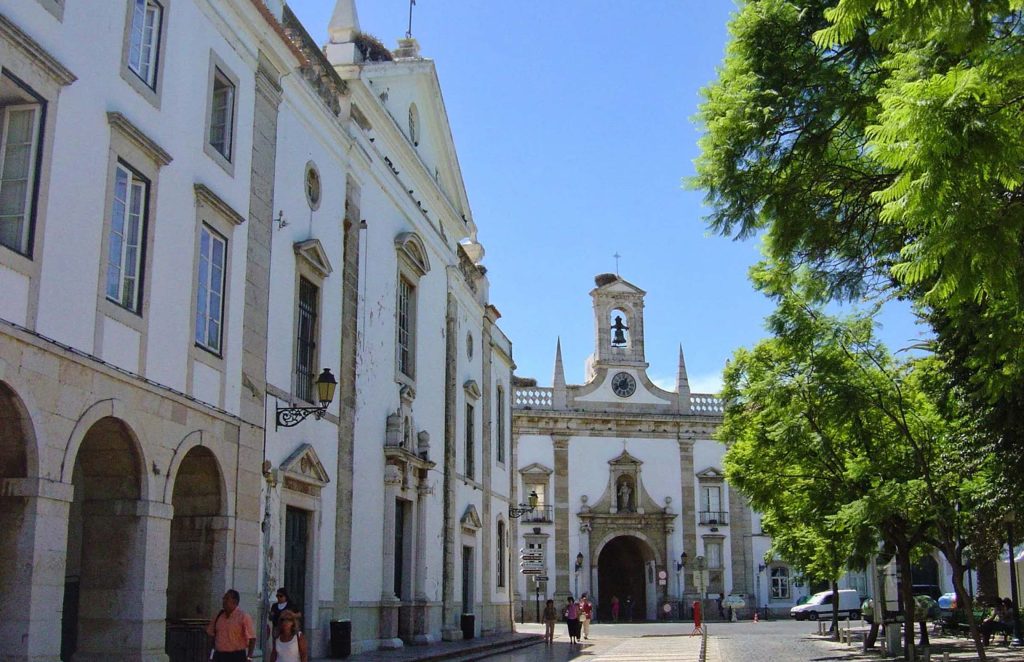
What made this place truly magical for me was knowing that this wasn’t just a simple archway—within the walls of the arch, remnants of the original Moorish walls still stand. I couldn’t help but pause and imagine the layers of history that have passed through here. Strolling through the gate and into the cobbled streets of the Old Town, I felt like I was stepping back in time, immersed in Faro’s centuries-old charm.
Getting There:
Arco da Vila is easily accessible from Faro’s central Praça Dom Francisco Gomes. You can walk to it in about five minutes from the main bus and train stations, making it an easy starting point for exploring.
2. Faro Cathedral (Sé Catedral de Faro): A Step Into the Past
No visit to Faro is complete without standing in awe before the Faro Cathedral, located in the heart of the Old Town. This landmark is not just a religious building but a testament to Faro’s layered history. Constructed in the 13th century on the site of a former Roman temple and Moorish mosque, the cathedral is an architectural mix of Gothic, Renaissance, and Baroque styles.
Upon entering, I was struck by the serene atmosphere, with its intricate gilded altars, wooden carvings, and beautiful azulejos (Portuguese ceramic tiles). One of the highlights for me was climbing the bell tower, which offered panoramic views over the city and the Ria Formosa lagoon. The contrast between the historic interior and the modern-day hustle outside reminded me of how seamlessly Faro balances the old with the new.
Admission & Tips:
Entry to the Faro Cathedral is around €3-4. If you’re visiting in the summer, try to go in the early morning or late afternoon to avoid the heat while climbing the bell tower.
3. Igreja do Carmo: The Church of Bones
Perhaps one of the most unique—and slightly eerie—landmarks I visited in Faro is the Igreja do Carmo. While the Baroque exterior is grand and beautiful, it’s the Capela dos Ossos (Chapel of Bones) that sets this church apart. Made from the bones of over 1,200 monks, the walls are a somber reminder of mortality.
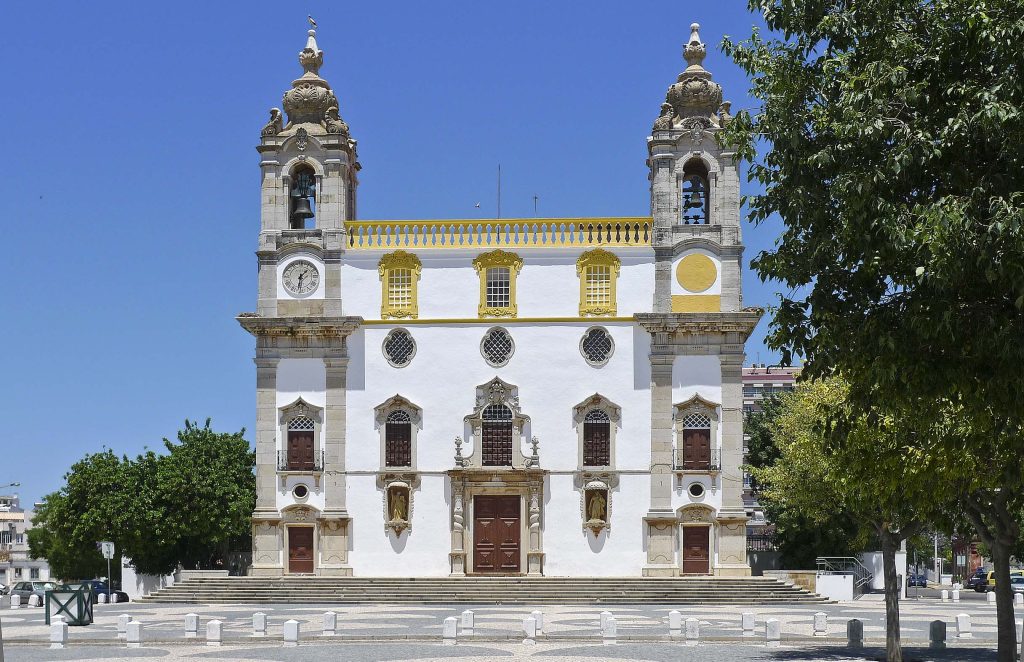
When I first stepped inside, I wasn’t sure what to expect. The sight of human skulls and bones carefully arranged into the chapel’s walls is both unsettling and humbling. It made me reflect on life in a deeper way than any other place I had visited before. While it might not be for everyone, I found the chapel a moving reminder of the fleeting nature of life and the history we all carry within us.
Admission:
There is a small entrance fee of around €2 to visit the Chapel of Bones, and I recommend going early in the day when it’s less crowded, as the chapel is quite small.
4. Faro’s City Walls (Muralhas de Faro): A Walk Through History
One of my favorite things about Faro is its well-preserved city walls, which date back to the Roman and Moorish periods. As I wandered around the Old Town, I found myself repeatedly encountering these ancient walls, which still enclose much of the historic center. The walls, built from local limestone, are a living reminder of Faro’s strategic importance through various civilizations.
I enjoyed walking along the walls, particularly the section near the Arco do Repouso, where legend has it that a Moorish king rested after being defeated by Portuguese forces. From certain points along the wall, you can get wonderful views of the city and beyond to the Ria Formosa, making it a peaceful retreat from the bustling streets below.
5. Palácio de Estoi: A Glimpse of Royal Splendor
Although a little outside the city center, a short drive or bus ride took me to the Palácio de Estoi, a pink-hued 19th-century palace surrounded by lush gardens. The Palácio de Estoi is one of the Algarve’s hidden gems and a must-see for architecture and garden enthusiasts.
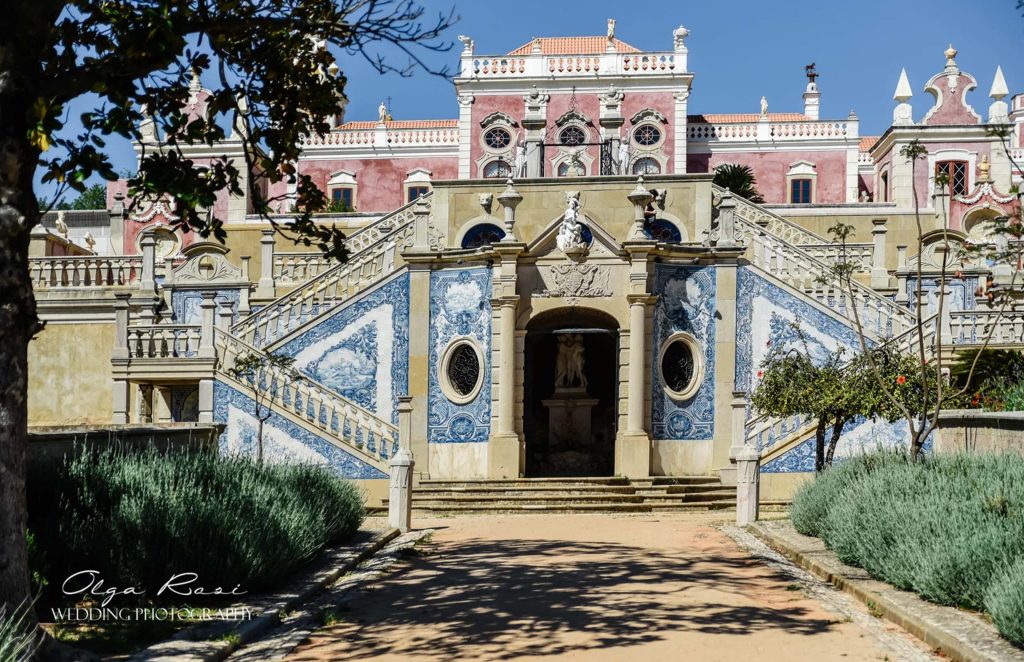
The palace is now a luxury hotel (Pousada), but parts of it, including the beautiful gardens, are open to the public. Walking through the terraces, lined with statues, fountains, and azulejo-tiled benches, I felt transported to a different era. The grandeur of the palace, with its ornate interiors, was a striking contrast to Faro’s otherwise more understated architectural style. The palace’s gardens offered a peaceful escape and a perfect spot to sit, reflect, and admire the beauty of this historical estate.
Getting There:
The Palácio de Estoi is about a 20-minute drive from central Faro, and you can also get there by bus.
6. Museu Municipal de Faro: Exploring the City’s Past
If you want to delve deeper into Faro’s history, the Museu Municipal de Faro is the perfect place to do it. Housed in a 16th-century convent, this museum offers a fascinating collection of artifacts from Faro’s Roman, Moorish, and Christian past. The museum itself is an architectural gem, with beautiful cloisters and a serene courtyard.
The Roman mosaic of Oceanus, which dates back to the 3rd century, was one of the most impressive pieces I saw during my visit. The museum also features artifacts from the Islamic period, providing insight into Faro’s Moorish influence. It’s a quiet and informative way to spend a few hours, and I left with a much deeper appreciation of the city’s diverse history.
Admission:
Entry is affordable, at around €2 for adults. Plan for at least an hour to fully explore the museum and its exhibits.
7. Ria Formosa Natural Park: A Nature Lover’s Dream
Lastly, for nature lovers, a visit to Faro wouldn’t be complete without exploring the Ria Formosa Natural Park, one of the most beautiful natural wonders in the Algarve. This sprawling network of lagoons, barrier islands, and wetlands is home to an incredible variety of wildlife, including flamingos, chameleons, and rare bird species.
I spent a day kayaking through the park’s tranquil waters, which allowed me to get up close to its wildlife and pristine landscapes. You can also explore the park on foot or by bicycle, with several well-marked trails available. The park’s beauty is breathtaking, and it offers a serene escape from the city’s hustle and bustle.
Getting There:
The park is easily accessible by boat from Faro’s marina or via guided tours that offer kayaking or bird-watching experiences.
Faro is a city that seamlessly blends the old with the new, offering visitors a unique mix of history, culture, and nature. Whether you’re wandering through its ancient streets, standing in awe before its cathedrals, or immersing yourself in its natural beauty, Faro has something for every kind of traveler.
